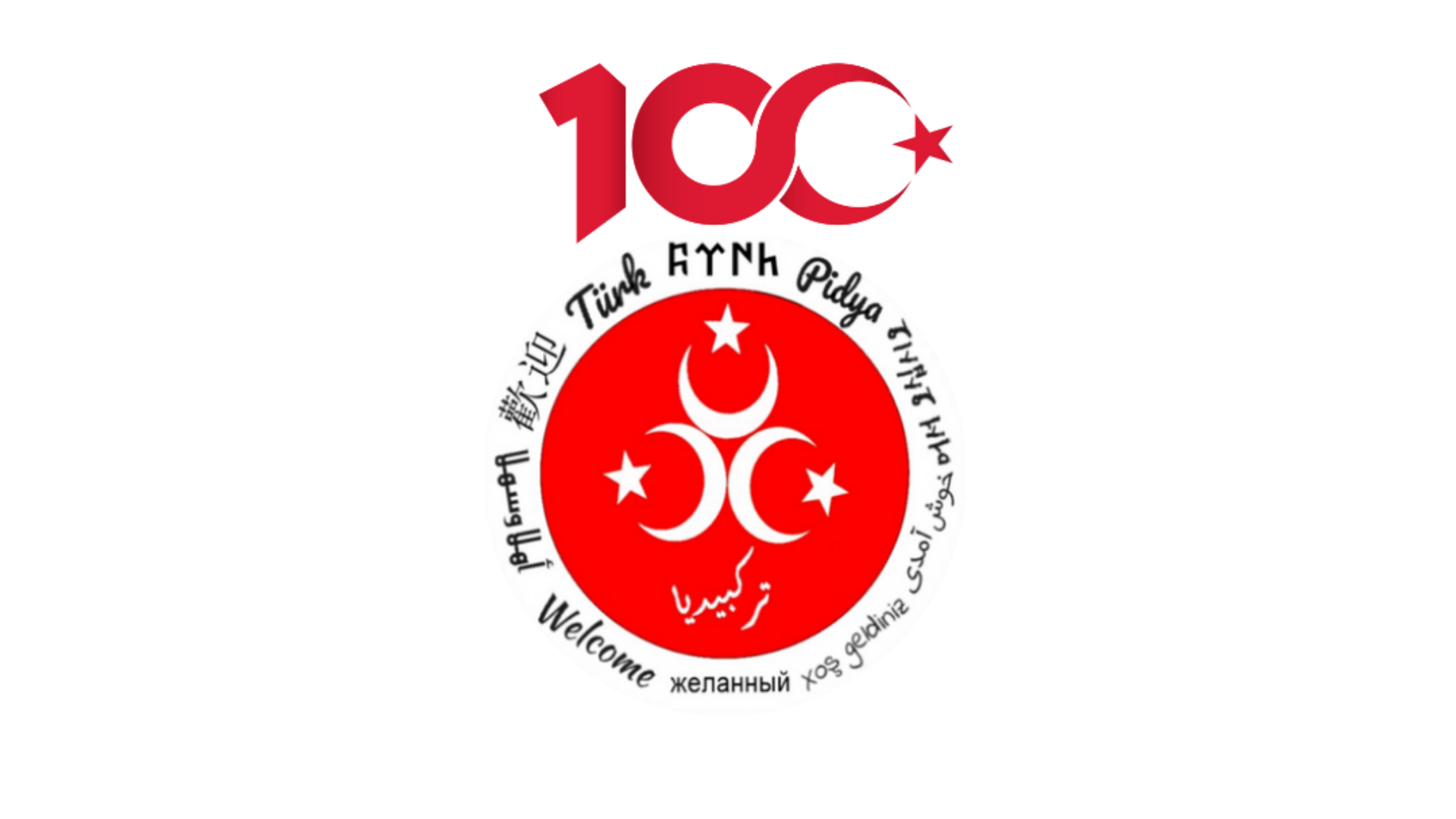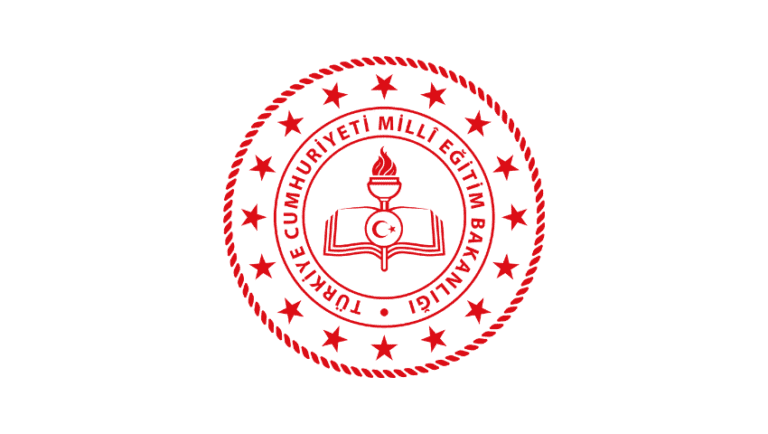Table of Contents
The Turkish national anthem, İstiklal Marşı (“ Independence March”), was officially adopted on 12 March 1921 by the Grand National Assembly of Turkey, more than two years before the proclamation of the Republic in 1923.
The İstiklal Marşı was written by the Turkish poet Mehmet Akif Ersoy and later composed by Osman Zeki Üngör. In ten powerful stanzas, the anthem speaks of independence, sacrifice for the homeland, faith, hope, and unwavering dedication. In modern official ceremonies, only the first two stanzas are sung with music, while the full text continues to be studied and revered.

About the Turkish national anthem
The Turkish national anthem is one of the most important symbols of national unity in Turkey. Alongside the Turkish flag, the anthem is deeply revered. It is recited at school ceremonies, public holidays in Turkey, sports events, and official programs in Turkey and in Turkish communities abroad.
Every year, especially around 12 March – İstiklal Marşı’s Acceptance and Mehmet Akif Ersoy Commemoration Day, the Ministry of National Education organizes nationwide competitions where students beautifully recite the anthem and create drawings, compositions, and other works inspired by it. These activities help younger generations internalize the anthem’s message and the story of the War of Independence (1919–1923).
The first verses of the anthem are read and sung in schools and on official occasions as a symbol of the national struggle for independence and the liberation of the country from occupation. Standing in silence and respect during the anthem is a rigid social norm; even traffic often comes to a halt when the anthem is played in public spaces.
History of the Turkish National Anthem
In early 1921, during the Turkish War of Independence, a national competition was organized to choose an anthem that would both encourage the militias fighting for independence and provide inspiration and pride for the homeland that would emerge after victory. Hundreds of poems were submitted.
Mehmet Akif Ersoy initially refused to participate because the competition offered a cash prize, which he considered incompatible with writing a national anthem. After persistent requests from the Parliament, he agreed to submit a poem on the condition that he would not accept the prize money.
Mehmet Akif’s poem was unanimously accepted by the members of Parliament after evaluation by a parliamentary committee and was officially adopted as the national anthem on 12 March 1921. The prize money of 500 Lira—a significant sum at the time—which Akif refused to take, was later donated to Darülmesai, an institution that taught skills to impoverished women and children. Akif also chose not to include the İstiklal Marşı in his famous poetry collection Safahat, saying that he had buried it in the heart of his nation.
The musical composition that is used today was prepared by Osman Zeki Üngör, the first conductor of the Presidential Symphony Orchestra. Over time, the anthem became not only a symbol of independence but also a core expression of the spiritual, cultural, and moral values of the new Republic.
English translation of the Turkish national anthem
Fear not; for the crimson banner that proudly ripples in this glorious dawn shall not fade,
Before the last fiery hearth that is ablaze within my homeland is extinguished.
For that is the star of my people, and it will forever shine;
It is mine, and solely belongs to my valiant nation.
Frown not, I beseech you, oh thou coy crescent!
Smile upon my heroic nation! Why the anger, why the rage?
Our blood which we shed for you shall not be worthy otherwise;
For freedom is the absolute right of my God-worshipping nation!
I have been free since the beginning and forever shall be so.
What madman shall put me in chains? I defy the very idea!
Im like the roaring flood, trampling my banks and overcoming my body;
Ill tear apart mountains, exceed the expanses and still gush out!
The horizons of the West may be bound with walls of steel,
But my borders are guarded by the mighty bosom of a believer.
Let it howl! Do not be afraid! And think: how can this fiery faith ever be extinguished
By that battered, single-fanged monster you call Civilization?
My friend! Leave not my homeland to the hands of villainous men!
Render your chest as armour and your body as bulwark! Halt this disgraceful assault!
For soon shall come the joyous days of divine promise;
Who knows? Perhaps tomorrow, perhaps even sooner!
View not the soil you tread on as mere earth recognize it!
And think about the shroudless thousands who lie so nobly beneath you.
Youre the glorious son of a martyr take shame; grieve not your ancestors!
Unhand not, even if you are promised worlds, this heavenly homeland.
Who would not sacrifice their life for this paradise of a country?
Martyrs would burst forth should one simply squeeze the soil! Martyrs!
May God take my life, my loved ones, and all possessions from me if He will,
But let Him not deprive me of my one true homeland in the world.
Oh glorious God, the sole wish of my pain-stricken heart is that
No heathens hand should ever touch the bosom of my sacred temples.
These adhans and their testimonies are the foundations of my religion,
And may their noble sound prevail thunderously across my eternal homeland.
For only then shall my fatigued tombstone, if there is one, prostrate a thousand times in ecstasy,
And tears of blood shall, oh Lord, spill out from my every wound;
And my lifeless body shall burst forth from the earth like an eternal spirit;
Perhaps only then shall I peacefully ascend and at long last reach the heavens.
So ripple and wave like the bright dawning sky, oh thou glorious crescent,
So that our every last drop of blood may finally be blessed and worthy!
Neither you nor my kin shall ever be extinguished!
For freedom is the absolute right of my ever-free flag;
For independence is the absolute right of my God-worshipping nation!
The Turkish national anthem in Ottoman Turkish (Arabic script)
،قورقما سونمز بو شفقلرده یوزن آل سنجاق
،سونمهدن یوردمڭ اوستنده توتن اڭ صوڭ اوجاق
.اوبنم ملتمڭ ییلدیزیدر پارلایاجق
.اوبنمدر اوبنم ملتمڭدر آنجاق
،چاتما قربان اولایم چهره ڭی ای نازلي هلال
،قهرمان عرقمه بر گول نه بو شدت بو جلال
،سڭا الماز دوكولن قانلرمز صوڭره حلال
!حقیدر حقه طاپان ملتمڭ استقلال
،بن ازلدن بریدر حر یاشادم حر یاشارم
،هانگی چیلغین بڭا زنجیر اوره جقمش شاشارم
،كوكره مش سیل كبییم بندمی چیگنر آشارم
.ییرتارم طاغلری انگینلره صیغمام طاشارم
،غربڭ آفاقنی صارمشسه چلیك زرهلی دیوار
،بنم ایمان طولی كوكوسم كبی سرحدم وار
،اولوسون قورقما نصل بویله بر ایمانی بوغار
.مدنیت دیدیگن تك دیشی قالمش جانوار
،آرقاداش يودمى آلچاقلری اوغراتما صاقین
،سپر ايت كوده ڭی دورسون بو حیاسزجه آقین
،طوغاجقدرسگا وعد ایتدیڭی كونلر حقڭ
.كیم بیلیر بلكی یارین بلكی یاریندنده یاقین
،باصدیغڭ یرلری طوپراق دییه رك گچمه طانی
،دوشون آلتنده كی بیڭلرجه كفنسز یاتانی
،سن شهید اوغلیسڭ اینجیتمه یازیقدر آتاڭی
.ویرمه دنیالری آلسه ڭده بو جنت وطنی
،كیم بو جنت وطنڭ اوغرینه اولمازكه فدا
،شهدا فیشقیراجق طوپراغی صیقسه ڭ شهدا
،جانی جانانی بوتون واریمی آلسین ده خدا
.ایتمه سین تك وطنمدن بنی دنیاده جدا
،روحمڭ سندن الهی شودر آنجاق املی
،دكمه سین معبدمڭ كوكسنه نامحرم الی
،بو اذان لر كه شهادتلری دینڭ اتملی
.ابدی یوردمڭ اوستنده بنم ایگلملی
،او زمان وجد ایله بیڭ سجده ایدر وارسه طاشم
،هرجریحه مدن الهی بوشانور قانلی یاشیم
،فیشقیریر روح مجرد گبی یردن نعشیم
.او زمان یوكسله رك عرشه ده گر بلكی باشم
،دالقالان سن ده شفقلر كبی ای شانلی هلال
،ولسون آرتق دكولن قانلرمڭ هپسی حلال
،ابديا سڭا یوق عرقمه یوق اضمحلال
،حقیدر حر یاشامش بایراغمڭ حریت
.حقیدر حقه طاپان ملتمڭ استقلال
Turkey national anthem in modern Turkish
Korkma! Sönmez bu şafaklarda yüzen al sancak,
Sönmeden yurdumun üstünde tüten en son ocak.
O benim milletimin yıldızıdır, parlayacak;
O benimdir, o benim milletimindir ancak.
Çatma, kurban olayım, çehreni ey nazlı hilal!
Kahraman ırkıma bir gül; ne bu şiddet, bu celal?
Sana olmaz dökülen kanlarımız sonra helal…
Hakkıdır, Hakk’a tapan milletimin istiklâl.
Ben ezelden beridir hür yaşadım, hür yaşarım,
Hangi çılgın bana zincir vuracakmış? Şaşarım.
Kükremiş sel gibiyim, bendimi çiğner, aşarım,
Yırtarım dağları, enginlere sığmam, taşarım.
Garbın afakını sarmışsa çelik zırhlı duvar,
Benim iman dolu göğsüm gibi serhaddim var.
Ulusun, korkma! Nasıl böyle bir imanı boğar
“Medeniyet” dediğin tek dişi kalmış canavar?
Arkadaş! Yurduma alçakları uğratma sakın,
Siper et gövdeni, dursun bu hayâsızca akın.
Doğacaktır sana vadettiği günler Hakk’ın,
Kim bilir, belki yarın, belki yarından da yakın.
Bastığın yerleri “toprak” diyerek geçme, tanı,
Düşün altındaki binlerce kefensiz yatanı.
Sen şehit oğlusun, incitme, yazıktır atanı,
Verme, dünyaları alsan da bu cennet vatanı.
Kim bu cennet vatanın uğruna olmaz ki feda?
Şüheda fışkıracak, toprağı sıksan şüheda.
Canı, cananı, bütün varımı alsın da Hüda,
Etmesin tek vatanımdan beni dünyada cüda.
Ruhumun senden İlahi, şudur ancak emeli:
Değmesin mabedimin göğsüne namahrem eli.
Bu ezanlar, ki şehadetleri dinin temeli,
Ebedî, yurdumun üstünde benim inlemeli.
O zaman vecd ile bin secde eder, varsa taşım,
Her cerihamdan, İlahi, boşanıp kanlı yaşım,
Fışkırır ruhum mücerret gibi yerden naaşım,
O zaman yükselerek arşa değer belki başım.
Dalgalan sen de şafaklar gibi ey şanlı hilal!
Olsun artık dökülen kanlarımın hepsi helal.
Ebediyen sana yok, ırkıma yok izmihlal.
Hakkıdır, hür yaşamış bayrağımın hürriyet;
Hakkıdır, Hakk’a tapan milletimin istiklâl.
Turkish National Anthem Audio MP3
İstiklal Marşı in Turkish education today (2025–2026)
As of the 2025–2026 academic year, the İstiklal Marşı remains a fundamental element of the Turkish national education system. Within the new “ Türkiye Yüzyılı Maarif Modeli” (Turkey Century Education Model), introduced gradually starting in 2024, the anthem is used to support students’ mental, social, emotional, and moral development.
A significant update in this new curriculum is the directive to teach the anthem in Mi Minör (E Minor) tonality. This technical adjustment is specifically designed to ensure the anthem is sung within a range comfortable for students’ developing voices, preventing strain while maintaining the anthem’s solemn character.
To help students grasp the rich language of the poem, the Ministry of National Education has prepared a glossary (sözlükçe) that explains the vocabulary used in all ten stanzas. This resource helps students understand the deeper meanings behind Mehmet Akif’s Ottoman Turkish verses. The anthem continues to be recited at the beginning and end of school weeks and during special ceremonies, including the commemoration of Gazi Mustafa Kemal Atatürk on 10 November.
Competitions and cultural events (2025–2026)
The Ministry of National Education regularly organizes nationwide activities to commemorate the anthem. For the 2024–2025 period, which has now concluded, events were held under the theme “ Bir Yıldız, Bir Hilal, İlelebet İstiklal” (“ One Star, One Crescent, Independence Forever”). This year marked a milestone as students and teachers from the Turkish Republic of Northern Cyprus (KKTC) officially participated alongside their peers from Turkey for the first time.
Notable winners from the 2025 national finals included:
- Sude Naz Garip (Bartın) – Winner of the High School Composition Competition.
- Zeynep Sezer (Kastamonu) – Winner of the Online Knowledge Competition.
- Ali Demir (Denizli) – Winner of the Teachers’ Photography Competition.
Looking ahead, the Ministry has already determined the theme for the upcoming 12 March 2026 commemoration (the 105th Anniversary): “ Korkma! Gençliğin Ruhu Burada” (“ Fear Not! The Spirit of Youth is Here”). This theme emphasizes the responsibility of the youth in carrying forward the spirit of independence.
In addition to these competitions, museums such as the 15 July Democracy Museum continue to host exhibitions, theatre plays, and concerts connecting the anthem’s history to modern democracy.
Official ceremonies and legal status
The İstiklal Marşı plays a central role in official ceremonies and is protected by various legal frameworks, including the 2008 Regulation on the Acceptance of the National Anthem. This regulation sets out how 12 March should be commemorated and ensures the anthem is treated with the utmost respect.
Within schools, regulations require an İstiklal Marşı tableau, a Turkish flag, and an Atatürk portrait to be present in classrooms. These symbols are not merely decorative but serve as daily reminders of the republic’s foundations. The anthem is also an indispensable part of major state ceremonies, including Republic Day and the anniversary of Atatürk’s passing on 10 November.
The anthem’s legal protection extends to intellectual property laws ensuring that creative works used in competitions are handled appropriately. This reflects the state’s commitment to preserving the anthem as a unifying national symbol.
Modern performances and musical arrangements
Because the İstiklal Marşı has a relatively wide vocal range, technical adjustments have been made over the years to aid performance. The most recent and significant of these is the inclusion of the Mi Minör (E Minor) requirement in the 2025 music curriculum. This creates a standardized, singable version for schools, distinct from the more demanding symphonic arrangement used in high-level state ceremonies.
These adaptations ensures that everyone, from primary school students to professional choirs, can participate in singing the anthem with dignity and ease. Public debates occasionally arise regarding respectful behavior during the anthem, highlighting how deeply the Turkish public cares about this symbol.
Digital resources and further reading
In the digital age, the İstiklal Marşı is available across many platforms. The Ministry of National Education has produced a special video project featuring students from 14 different provinces reciting the anthem’s ten stanzas in historically significant locations, including Samsun, Sivas, and Erzurum—cities pivotal to the War of Independence.
Online platforms host countless performances, while digital archives allow researchers to explore the life of Mehmet Akif Ersoy. His work stands within a broader tradition of Turkish literature that includes figures such as Yunus Emre and Halide Edip Adıvar, both of whom contributed to the intellectual and spiritual foundations of the region.
Understanding the İstiklal Marşı in this wider context reveals why it remains such a powerful symbol of identity, faith, and independence today.


